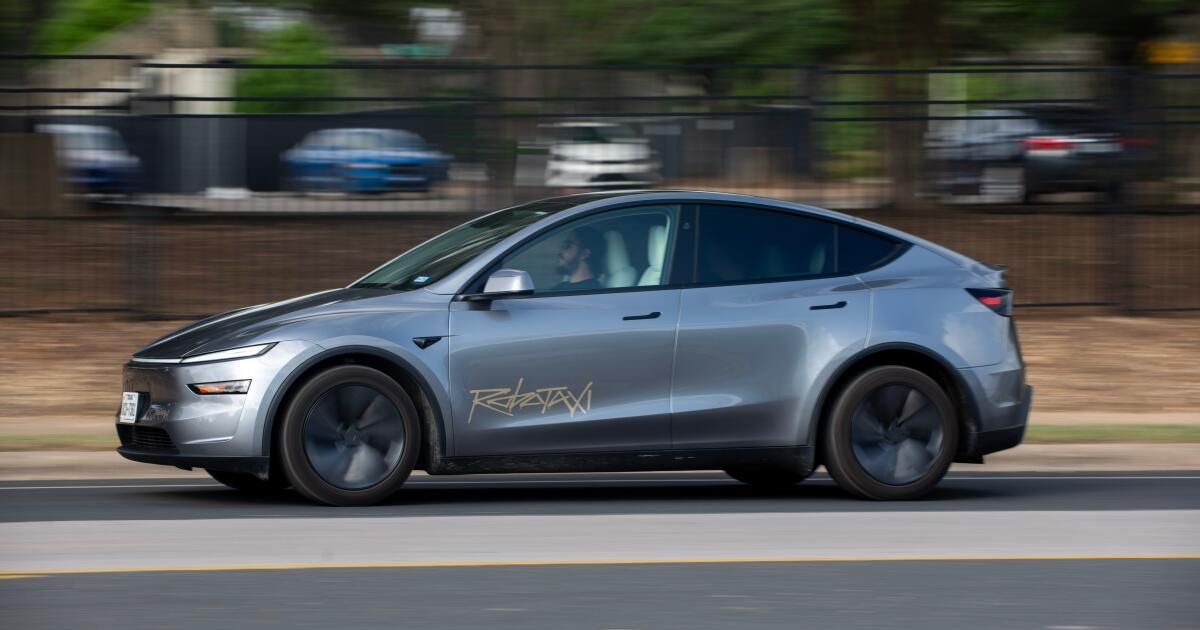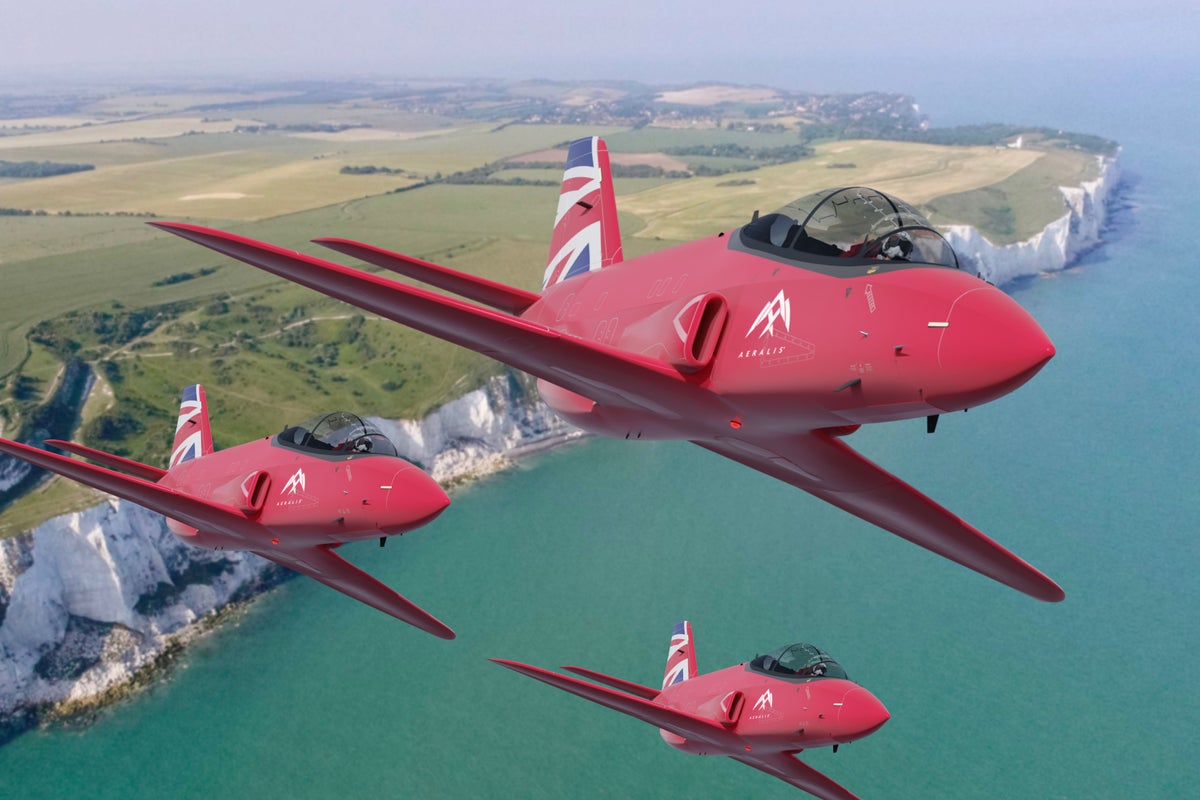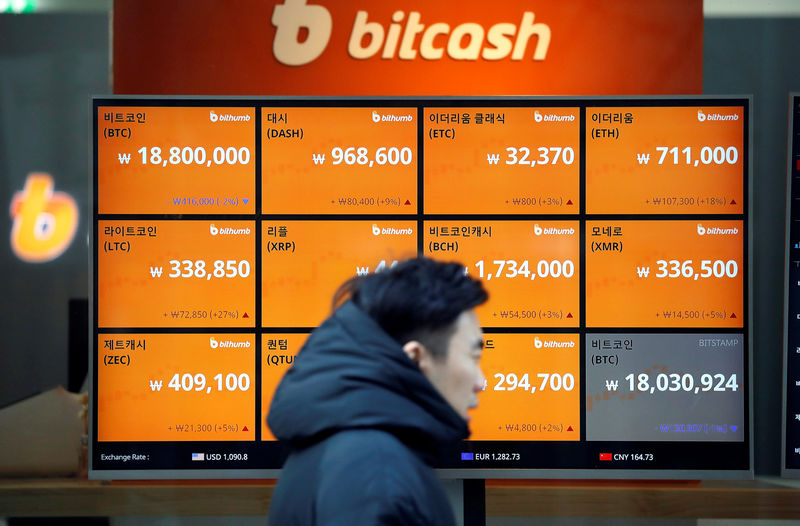This spring, Elon Musk announced that it would leave its role in the White House to re -behered in Tesla in the midst of the fall of vehicle sales and a brand reputation crisis.
But as Musk works to change Tesla with a successful Robotaxi company, recent demands have complicated their efforts and have asked questions about the company's autonomous driving technology.
Last month, the California Motorized Vehicle Department sued the company, claiming false advertising about its automatic pilot and complete self -control features and seeking to suspend teslas sales in the state.
This month there were more bad news when a jury from Miami ruled that Tesla was partly responsible for a fatal accident that involved its autopilot system and must pay the victims $ 240 million. Although Tesla has previously faced similar costumes, this was the first to reach a jury verdict and not having been resolved outside the courts.
The case could open the door to more claims against the company, experts said.
“If the dam is broken, and is considered responsible, Tesla could be in many financial problems,” said Engineering Professor Carnegie Mellon, Raj Rajkumar, who specializes in autonomous driving.
Meanwhile, Tesla's shareholders have become restless. A few days after the Miami verdict, a demand for the shareholder accused Musk of inflating the company's actions by exaggerating the preparation of its Robotaxi program, which was launched this summer in Austin, Texas, where the company is headquarters.
Tesla did not respond to a request for comments.
Although some uprisers and analysts argue that Musk will eventually fulfill their promises, the cases have renewed questions about the credibility of the technological tycoon and if it can improve a technology that is key to the future of the company.
“In Austin, cars were clearly not as capable as Musk said,” said Iseecars.com analyst Karl Brauer. “If you can't make the Robotaxi work relatively fast, it will be a problem for him.”
The scrutiny arrives at a crucial moment for Tesla, which has seen that the shares fall almost 12% since January and automotive income decreases 16% in the second quarter of the previous year. The company has been hindered by the growing competition of rivals and damage to the brand caused by the role of Musk in the Trump administration.
The Miami verdict
In Florida in 2019, George McGee had his STOpilot mode when the vehicle ran out of the road and did not stop before hitting a young star couple. The accident killed Naibel Benavides Leon, 22, and seriously injured her boyfriend.
McGee had been distracted by his cell phone and trusted the automatic pilot system to drive the car, he said. The evidence presented at the trial showed that McGee was not dedicated to driving for at least 20 seconds before the accident.
This month, the Miami jury found Tesla partially responsible for the accident, concluding that Tesla and Musk cheated consumers about the capacities of the autopilot.
“Years before this accident, Elon was in view of the public saying that this technology is safer than a human driver,” said prosecutor Doug Eaton in an interview. “The consumer expectation is based on the way the car is marketed. Elon sold a car that did not exist.”
McGee depended too much on the automatic pilot to avoid disaster due to the false statements that Musk has made about technology, some who date a decade, the lawyers argued in the trial. Speaking at an artificial intelligence conference in 2015, Musk said he saw autonomous driving as a “solved problem.”
Despite these statements, the autopilot is classified as a driver assistance system, not as an autonomous system. It cannot be used without the supervision of a human conductor.
“The ordinary consumer expected this system to do much more than he could or did, due to the way Tesla commercialized this technology and the way Elon Musk talked about this technology,” said Adam Boumel, another lawyer who represents the victims.
In a statement, Tesla said the verdict was wrong and that the vehicle was not to blame because the driver “admitted and accepted responsibility” for the accident.
Shareholders point to musk
The most recent lawsuit filed against Musk by Tesla's shareholders specifically refers to robotaxis in Austin, which depends on the technology derived from the autopilot.
Filed in Texas by Denise Morand and on behalf of other shareholders on August 4, the lawsuit accuses Tesla and Musk of making “materially falsely false and deceptive statements about the business, operations and perspectives of the company.”
The Financial Director of Tesla, Vaibhav Taneja, and his predecessor Zachary Kirkhorn also appears as defendants.
“Tesla exaggerated the effectiveness of its autonomous driving technology” and minimized the risk of the robotaxi operating dangerously, according to the complaint. “Consequently, Tesla's commercial and/or financial perspectives were exaggerated.”
The Tesla Robotaxi deployment in Austin has been plagued by technical problems, including the instances of vehicles that violate traffic laws and even lead to the approaching traffic.
For its part, Musk has dismissed the claims of the shareholders. He responded to the demand in X, saying that it was probably not presented by real investors, but by collective action lawyers “that complain about their percentage of the verdict.”
Investors should now know that Musk often makes ambitious and unrealistic statements, said William Riggs, director of autonomous vehicles and the city's initiative at the University of San Francisco.
But the richest man in the world has also advanced in vehicle electrification, space exploration and other borders, and cannot be underestimated.
“He does this kind of aggressive and radical things,” Riggs said about Musk. “Sometimes, we are surprised by everyone.”
An evolving technology
The recent litigation has shone both in the dangers and in the potential of Tesla's autonomous driving technology.
Tesla has implemented multiple systems using versions of its autonomous driving technology, including the autopilot and a supposedly more advanced completely more advanced autonomous mode. It is not clear if the complete self -control is feeding the robotaxis in Austin, or if it will be used in Musk's promised cybercabes.
According to engineers, Tesla technology describes as level 2 automation, based on a five -level scale established by the National Highway Traffic Safety Administration. At level 2, the driver is totally responsible for controlling the vehicle while receiving continuous automated assistance in the direction, acceleration and braking.
Tesla Robotaxis in Austin cannot operate without a security driver in the front passenger seat that can stop the vehicle in case of emergency.
“The quality of vehicle performance is not so excellent,” Riggs said. “It will pass a time before the performance level reaches the performance level of a waymo or even that of a cruise,” he said.
Cruise, Robotaxi's effort by General Motors, suspended all operations in 2023 after one of his vehicles hit a pedestrian in San Francisco and dragged his 20 feet.
Riggs predicted that Tesla could take two to five years to launch a safe fleet of autonomous taxis, although Musk has indicated that he is just around the corner.
Tesla's autonomous technology is behind those of its rivals in part because Musk wants to give up an expensive hardware used in other autonomous cars, Rajkumar said, from the Carnegie Mellon University. Waymo vehicles are built with a type of laser radar called Lidar, as well as cameras, sound and GPS. Musk is adopting a software -based approach that depends only on cameras and artificial intelligence.
“We know that AI is not perfect,” Rajkumar said. “When you have an imperfect system on which people depend on people, things will go wrong.”








